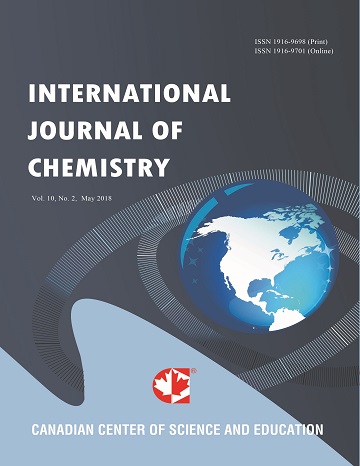The Potential Contamination of the Groundwater Resources in the Vicinity of Al-Ekeder Disposal Site, North Jordan
- Majdi Majdalawi
- Omar Rimawi
- Ziad Abu-Hamatteh
- Ali El-Naqa
- Nafeth Hadi
Abstract
Al-Ekeder landfill leachate constitutes represent a serious threat to the local aquifers. Al-Ekeder Disposal Site (ADS) is the only official dumpsite for northern Jordan, serving 62 towns and villages, and considered as the second largest landfill in Jordan. The major concern at ADS is the potential contamination of groundwater extracted by private wells for irrigation and drinking purposes and located adjacent to the Disposal Site. The current study represents a preliminary understanding of the problems and issues of the Al-Ekeder hydrogeological conditions. Groundwater samples from the productive wells in the surroundings of ADS have been collected and analysed for chemical and biological parameters. Generally, some changes are observed in some groundwater samples particularly in the western wells. Consequently, and in order to compare theses results, leachate and septage samples were collected and analyzed for chemical and biological parameters. The analyses of the leachate samples indicate, as expected, high values for both BOD (2,525 mg/l) and COD (168,000 mg/l) with heavy metals concentrations such as, mercury, lead, cadmium and arsenic were found to be 15.7 ?g/l, 5.5 ?g/l, 12.2 ?g/l, and 2.5 ?g/l, respectively. The analyses of septage samples indicate that the EC values range between 5450 ?S/cm and 5800 ?S/cm. The concentrations of heavy metals mercury, lead, cadmium and arsenic are ranging (0.5 to 2.2) ?g/l, (110 to 190) ?g/l, (5 to 14) ?g/l, and (0 to 0.55) ?g/l, respectively. The water quality of the groundwater resources at the western side of ADS shows small changes in the EC/TDS values and in some hydrochemical parameters such as, NO3, which is attributed to the nitrification processes of the infiltrated water from the septage in ADS. However, no serious increases in the heavy metals were reported and this is attributed to the heavy metal precipitation processes within the chack limestone of B3 during the infiltration processes.
- Full Text:
 PDF
PDF
- DOI:10.5539/ijc.v5n4p27
Index
Contact
- Albert JohnEditorial Assistant
- ijc@ccsenet.org
